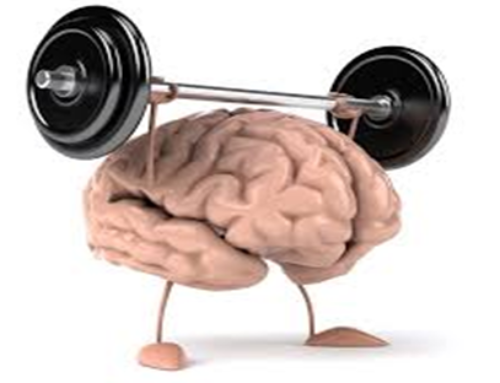It has long been recognized the many advantages of resistance training for people of all walks of life. Originally considered beneficial only for those in the bodybuilding populace (clearly the minority), weight based training is now becoming increasingly accepted by males and females as a strong aid in all aspects of fitness, despite variances in individual aims.
The vast majority of trainers the world over are pushing more and more for strength or weights based training to be incorporated into all of their clients’ training routines regardless of whether it is weight loss, body building, general fitness or rehabilitative results that the client is after.
However, despite the clear and much publicised scientific evidence backing the benefits of resistance training there are still many of the public hesitant to indulge in the routine of lifting weights for a number of often-misconstrued reasons.
This is most commonly seen in the area of weight loss – todays number 1 choice on the menu of peoples’ desires and the most common reason for anyone joining a gym or nutrition program. There is still a lingering misconception associated with the old bodybuilding paradigm where only those who want big bulky muscles should dare enter the forbidden room of free weights. Particularly with respect to the female population who are constantly bombarded with the daily media projections of bikini-clad,
size 8 models affirming the belief that “skinny” is the norm. This belief, coupled with the “weights =muscles” paradigm, is often a major catalyst for the mental obstruction to considering resistance training.
In endeavoring to further educate and promote the use of resistance-based exercise in fitness programs I will briefly detail one of the key facts relating to its’ benefits. Namely, the well renown concept of energy in : energy out, which stipulates that energy or calories eaten needs to be less than that expended to lose weight, still holds true, unless the individual severely suffers from
numerous risk factors contributing to the metabolic syndrome, like diabetes, obesity, hyperlipidemia etc.
Therefore, one of the most effective methods of achieving this energy imbalance consistently is by increasing the subjects basal metabolism, or resting metabolism, so that their body requires more energy to function and thereby burns more fat around the clock.
Not only does resistance training have a longer residual effect on metabolism (continued elevation in metabolism after the cessation of exercise), but it is also the most effective stimulus for the building, or rebuilding, of muscle tissue.
Being a highly metabolic tissue, any increase in muscle mass, or lean tissue, consequently results in a higher rate of energy expenditure (metabolism) 24/7, whether you’re working, eating, exercising or sleeping.





